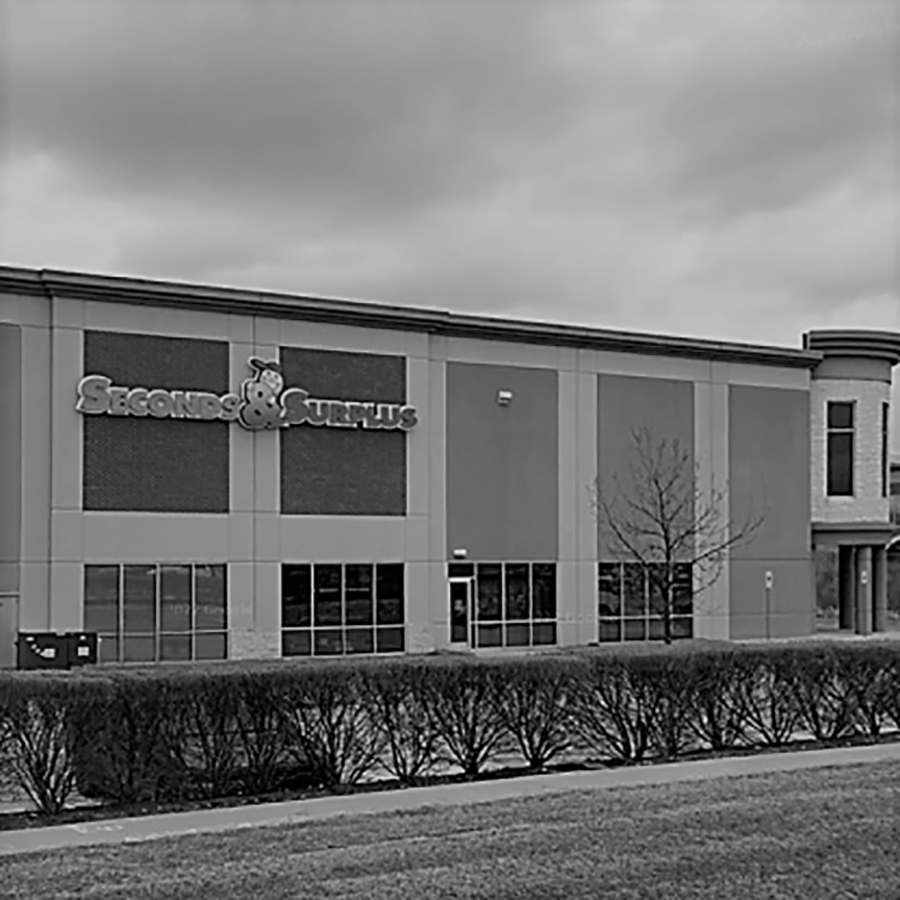In the world of retail, the terms "seconds" and "surplus" play a crucial role in how businesses manage their inventory and maximize profitability. These concepts not only impact the bottom line of retailers but also offer consumers unique opportunities to purchase high-quality products at reduced prices. In this article, we will explore what seconds and surplus entail, their significance in the retail industry, and how both consumers and businesses can benefit from understanding these terms.
The retail landscape is constantly evolving, and as businesses strive to maintain competitive pricing and customer satisfaction, the concepts of seconds and surplus have become increasingly relevant. Seconds refer to products that have minor imperfections or defects, while surplus denotes excess inventory that retailers need to move quickly. Both of these categories can lead to significant savings for consumers and create opportunities for retailers to optimize inventory management.
As we delve into this topic, we'll cover various aspects of seconds and surplus, including definitions, benefits for consumers and retailers, and strategies for effectively navigating these markets. By the end of this article, you will have a comprehensive understanding of how seconds and surplus can enhance your shopping experience and contribute to smarter business practices.
Table of Contents
- 1. Definition of Seconds and Surplus
- 2. Benefits for Consumers
- 3. Benefits for Retailers
- 4. Navigating the Seconds Market
- 5. Navigating the Surplus Market
- 6. Impact on Sustainability
- 7. Future Trends in Seconds and Surplus
- 8. Conclusion
1. Definition of Seconds and Surplus
To fully understand the implications of seconds and surplus, it's essential to define these terms clearly:
1.1 What are Seconds?
Seconds are products that have minor defects, such as scratches, color mismatches, or other imperfections that do not significantly affect their functionality. These items are typically sold at discounted prices to clear inventory.
1.2 What is Surplus?
Surplus refers to excess inventory that retailers have after meeting their sales targets. This can occur due to overproduction, seasonal changes, or shifts in consumer demand. Retailers often seek to offload surplus items quickly to make room for new inventory.
2. Benefits for Consumers
Consumers can benefit significantly from purchasing seconds and surplus items:
- Cost Savings: Seconds and surplus products are often sold at a fraction of their original price, allowing consumers to save money.
- Access to Quality Products: Many seconds are still high-quality items that simply have minor flaws.
- Unique Finds: Shopping for surplus items can lead to discovering unique products that are not widely available.
3. Benefits for Retailers
For retailers, incorporating seconds and surplus into their business strategy can yield various advantages:
- Inventory Management: Selling seconds and surplus helps retailers manage their inventory more effectively and reduce clutter.
- Cash Flow Improvement: Quickly converting surplus inventory into cash can improve a retailer’s cash flow.
- Brand Loyalty: Offering quality seconds at a discount can enhance customer loyalty and attract budget-conscious shoppers.
4. Navigating the Seconds Market
When shopping for seconds, consumers should consider the following tips:
- Inspect Products: Always check for defects to ensure the product meets your standards.
- Research Brands: Familiarize yourself with brands that offer seconds to find reliable options.
- Shop at Reputable Retailers: Purchase from trusted retailers or outlets that specialize in seconds.
5. Navigating the Surplus Market
For consumers looking to buy surplus items, here are some strategies:
- Stay Informed: Follow retailers that frequently offer surplus sales or clearance events.
- Be Flexible: Be open to exploring different products, as surplus can vary widely.
- Compare Prices: Always compare prices to ensure you are getting the best deal.
6. Impact on Sustainability
Both seconds and surplus contribute to sustainability efforts in retail:
- Reducing Waste: Selling seconds and surplus helps minimize waste by extending the lifecycle of products.
- Encouraging Recycling: Consumers purchasing these items often embrace sustainable practices, contributing to a circular economy.
- Lowering Carbon Footprint: By opting for discounted items, consumers can reduce the overall demand for new product manufacturing.
7. Future Trends in Seconds and Surplus
The retail industry is evolving, and several trends are emerging regarding seconds and surplus:
- Increased Online Availability: E-commerce platforms are expanding their offerings of seconds and surplus items.
- Growing Consumer Awareness: More consumers are becoming aware of the benefits of purchasing seconds and surplus, driving demand.
- Collaboration with Brands: Retailers are partnering with brands to create exclusive lines of seconds and surplus products.
8. Conclusion
In summary, understanding seconds and surplus is essential for both consumers and retailers. These concepts not only provide opportunities for cost savings but also play a significant role in optimizing inventory management and promoting sustainability. As consumers, we can take advantage of the unique offerings in the seconds and surplus markets, while retailers can enhance their business strategies by embracing these practices. If you found this article informative, feel free to leave a comment, share it with friends, or explore more articles on our site!
Thank you for reading! We hope to see you back for more insightful articles in the future.
John Mull's Road Kill Grill: A Culinary Journey Through Las Vegas
Exploring The Life And Career Of Roy Kapur: A Multifaceted Talent In Indian Cinema
Mueller Farmers Market: A Vibrant Hub For Fresh Produce And Community Connection

